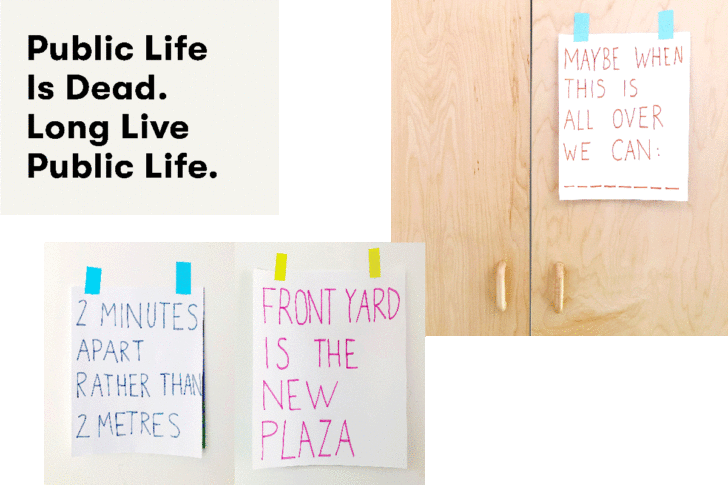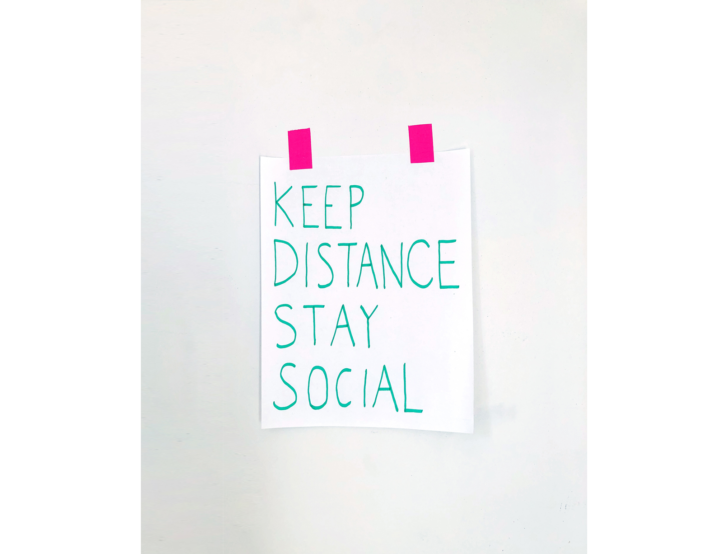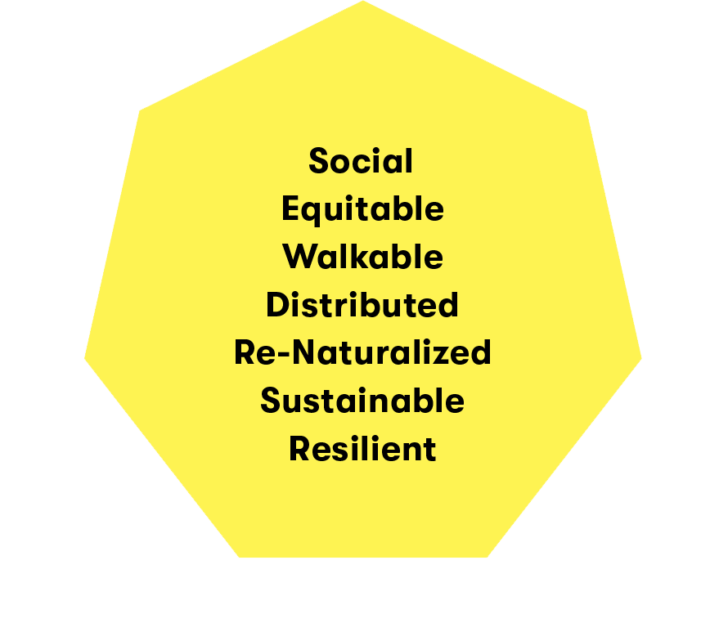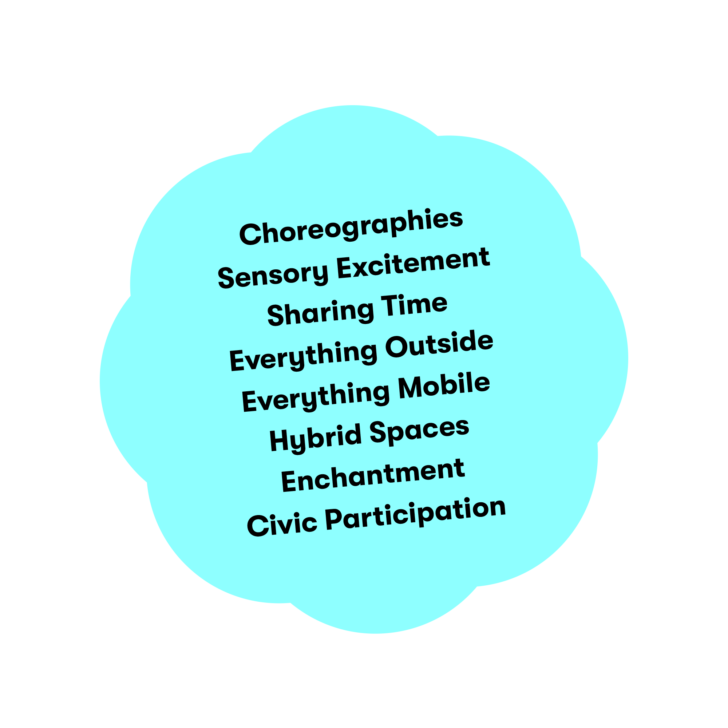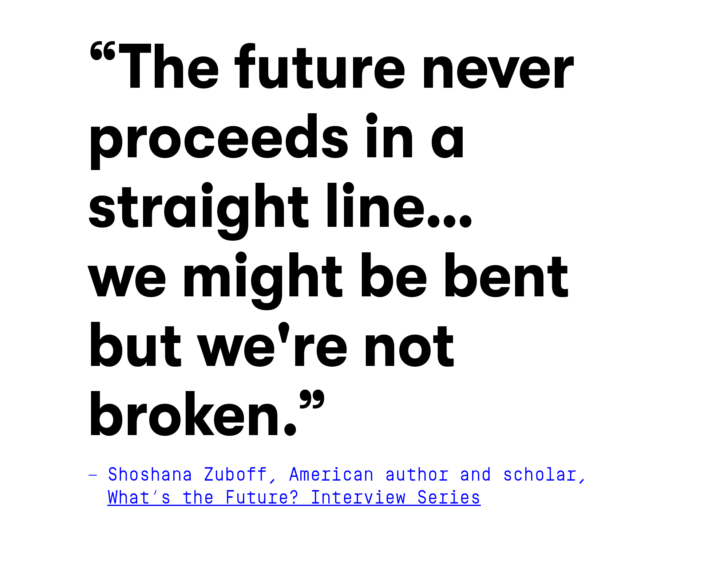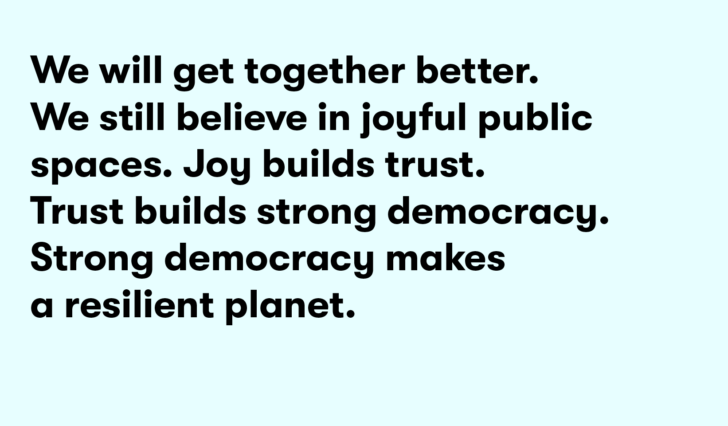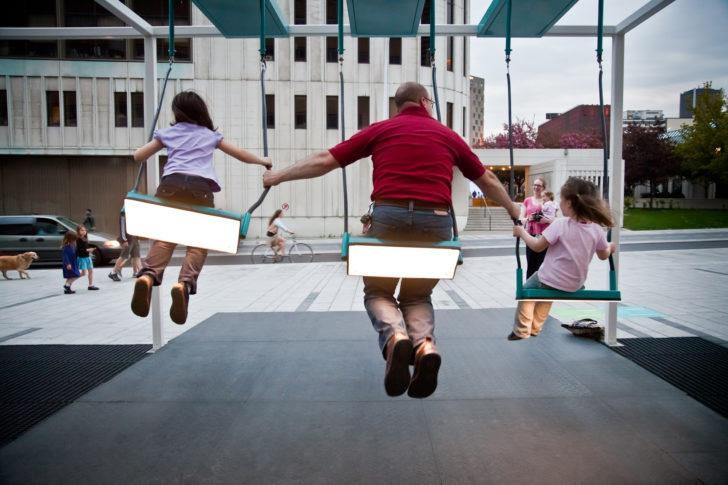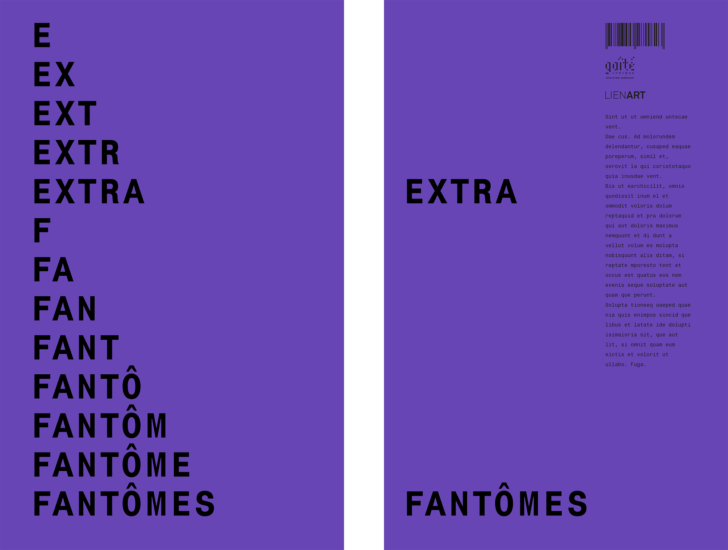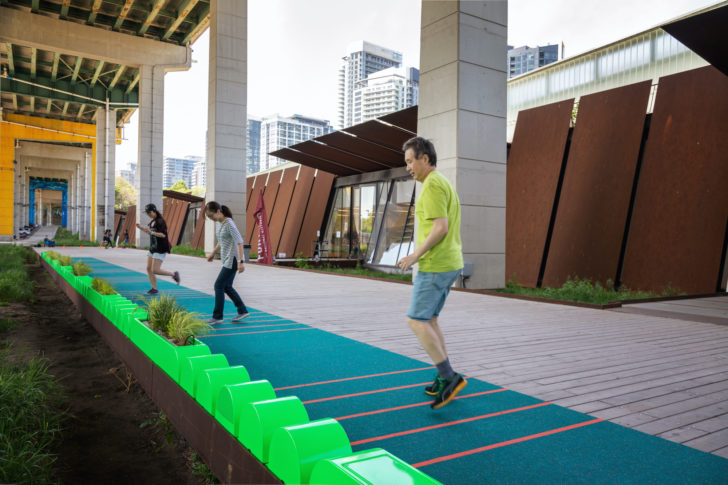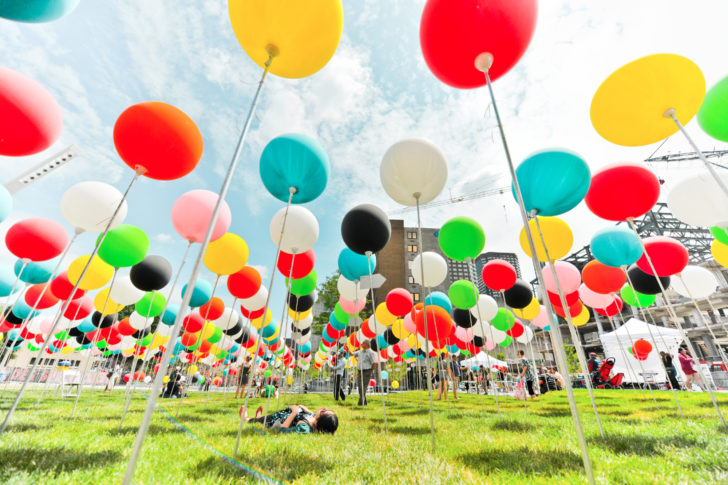Part 2: Urban Principles for Planning Ahead
This humanitarian crisis is urging us to make changes to how we live. Different visions of the future city are being drawn–combining the best of old, current and emerging ideas. They provide context to imagine the future of collective experiences (and we find it rather energizing).
Inspiring urban principles, or visions of a city we want to live in:
Social
Public spaces should be designed to help you know your neighbours (at least a little bit).
Equitable
Public spaces should be welcoming and accessible to all, all the time. People from different social, economic, generational and cultural backgrounds need to mingle somewhere, somehow (and it’s not going to be online).
Walkable
Suddenly it’s possible… Around the world, thousands of lanes or entire streets have been closed to car traffic in order to give more space to people: walkers, bikers and neighbours. Car space is becoming people space again.
Distributed
For cities around the globe, networks of smaller centers have proven more resilient than single large ones where everything converges. How can we find a balance between the hyperlocal and the urban communal?
Re-Naturalised
The past months have reinforced how access to nature is essential for human happiness. As it turns out, nature, unlike us, seems to be pretty happy right now. As a starting point for the “new normal,” can we leave more time and space for the mutual health of humans and nature? Nature is also a source of food and urban farming energizes public spaces.
Sustainable
Investments (of money but also ideas) in the public realm can help our planetary ecological transition. We also need to listen, and learn, from experts and scientists. Pandemics are warnings for climate action.
Resilient
This is not the last of it. Improvements made to public spaces everywhere and the amenities they provide should be imagined for the best of days and for the worst.
